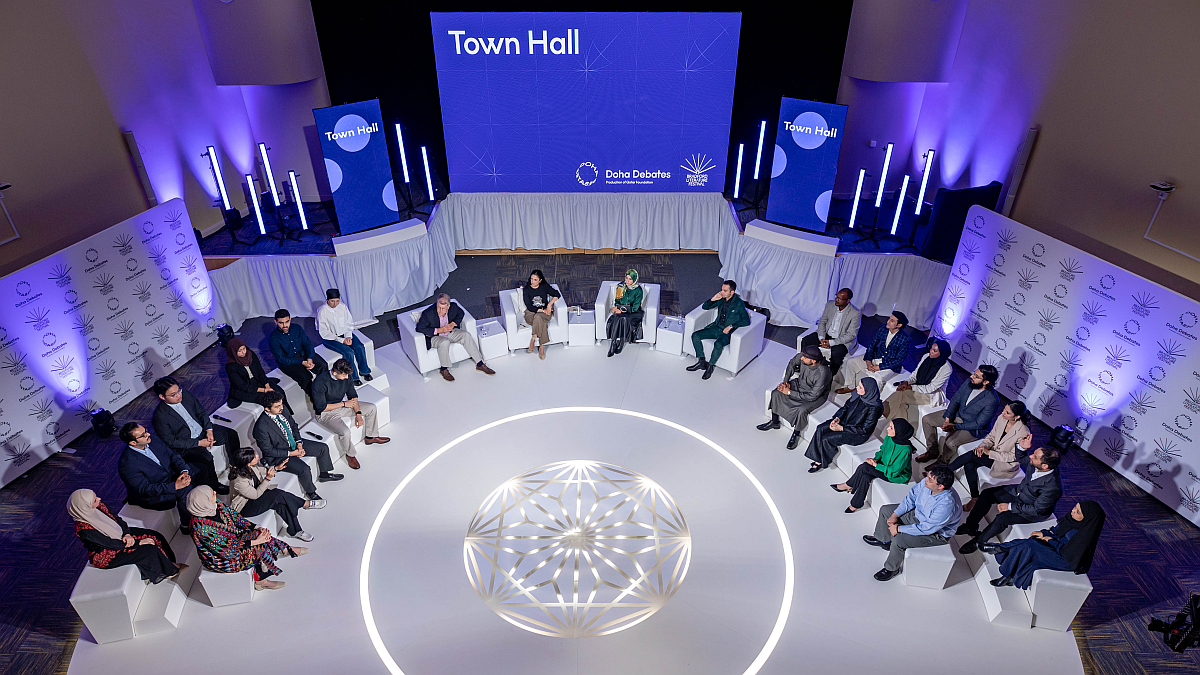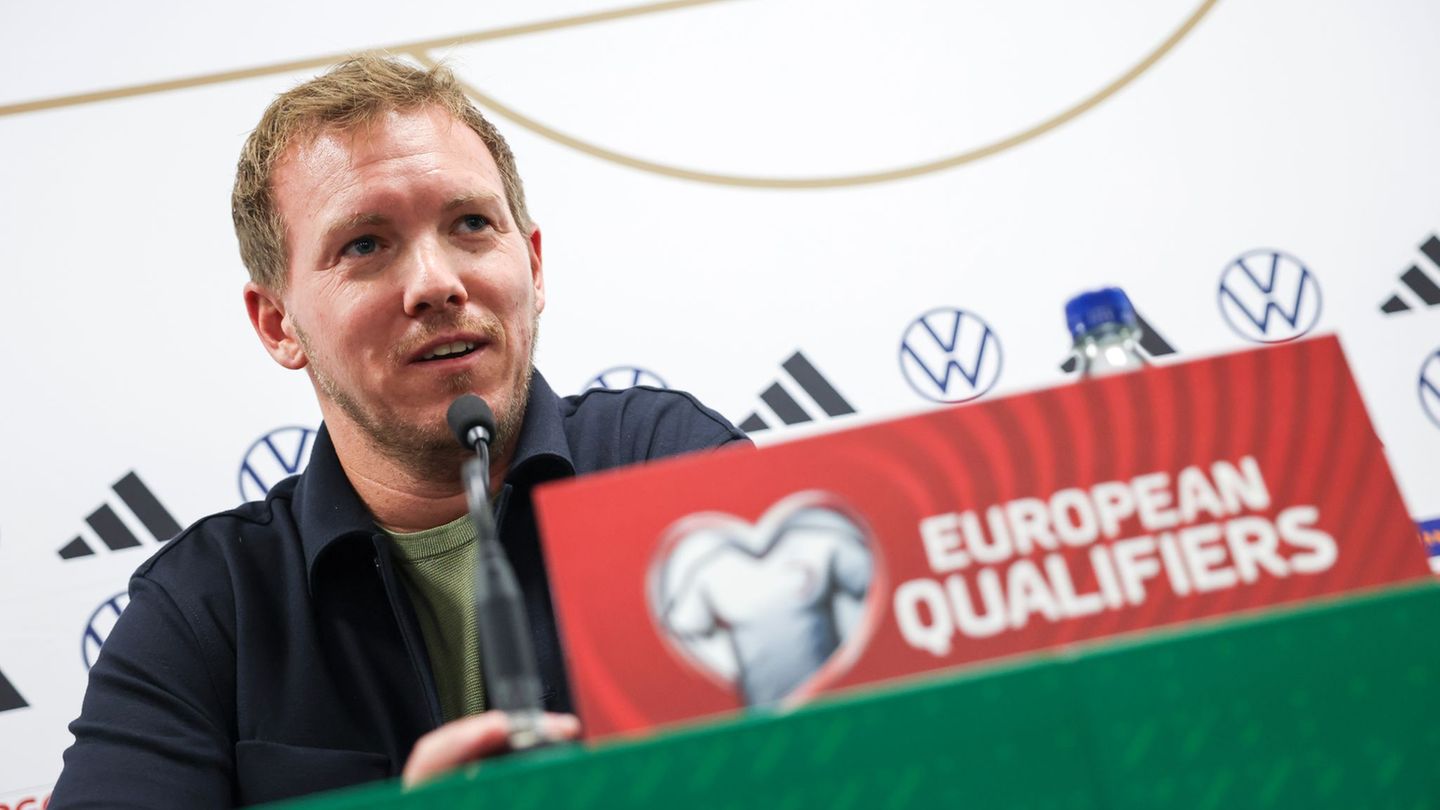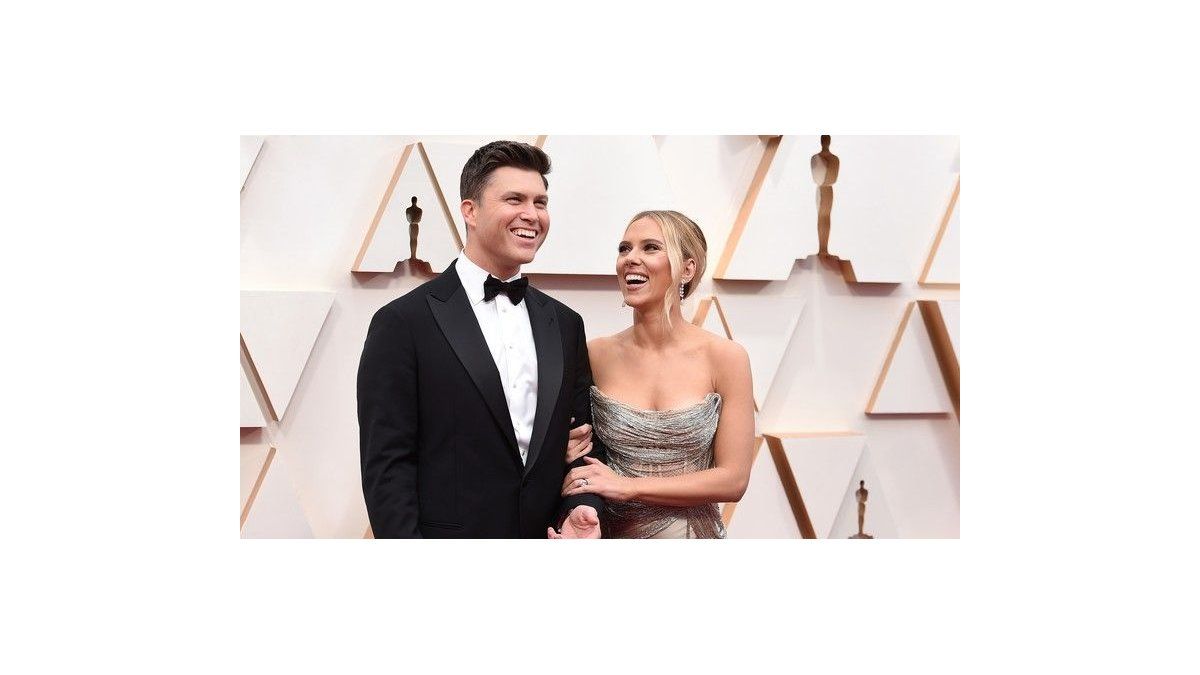There will also be productions by Julio Le Parc, Liliana Maresca, Marta Minujín, Pablo Mesejean, Luis Felipe Noe, Margarita Paksa, Pérez Celis, Rogelio Polesello, Marcelo Pombo, Liliana Porter, Alfredo Prior, Alejandro Puente and Dalila Puzzovio, among others.
this exposure “Contemporary scenes. Tours of the collection of the National Museum of Fine Arts. Argentine art 1960-2001” proposes to open some questions from the images: through five independent tours, questions related to history, identity, artistic practice and its production contexts during the last decades of the 20th century at the local level are raised.
The itinerary seeks to direct the gaze towards issues that crossed Argentine society and culture between the 1960s and 1990s. The proposed itineraries explore the works that emerged in response to the historical context in the alternation of democratic and military governments; the proposals that challenge the canon, from the radical ruptures of the avant-garde of the 1960s to the redefinition of the place of painting in the 1980s; the dilemmas of a Latin American aesthetic, and the intervention of the body as a support for artistic action or as a political practice.
“‘Contemporary Scenes’ is articulated on five routes, each of which works as a small sample in itself”, they explained from the Kirchner Cultural Center.
In the first core, “Challenge the rules of art”, traces how, towards the middle of the 20th century, the development of technology, the rise of the mass media and the immediacy of communication had an impact on daily life. The aesthetic proposals ceased to be focused on the production of unique artistic objects, delivered to the passive contemplation of the viewer, to become multipliable experiences that merged different artistic disciplines.
“Images, history, memory” It is called the second axis of the tour, which proposes to think about the way in which artists have responded with their production to the conditions of their contemporary contexts. This visual chronology is framed between two moments of urban insurrection that remain in the imaginary as dates in which collective action defined changes for society: the Cordobazo, in 1969, and the crisis of 2001.
In the 1980s, while democracy was recovering in Argentina, many artists began to understand the practice of painting as a space where the intersection of disciplines and the influence of countercultural environments could be glimpsed, which were true areas of social freedom and creative, a theme that runs through the core 3, “The future of painting”.
The tradition of the ancient peoples of America to think American regional aesthetics and sexual minorities as spheres of dissidence, complete the tour of the exhibition that can be visited until December 11, in La Gran Lamp of the CCK (Sarmiento 151), from Wednesday to Sunday from 14 to 20.
Source: Ambito
David William is a talented author who has made a name for himself in the world of writing. He is a professional author who writes on a wide range of topics, from general interest to opinion news. David is currently working as a writer at 24 hours worlds where he brings his unique perspective and in-depth research to his articles, making them both informative and engaging.




